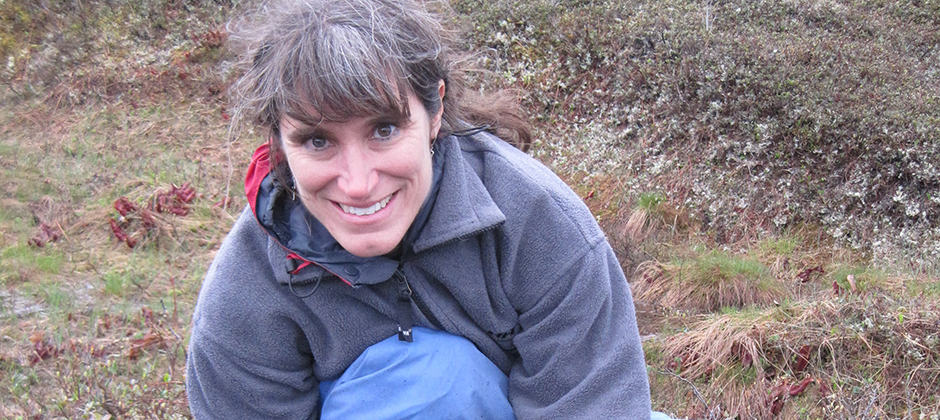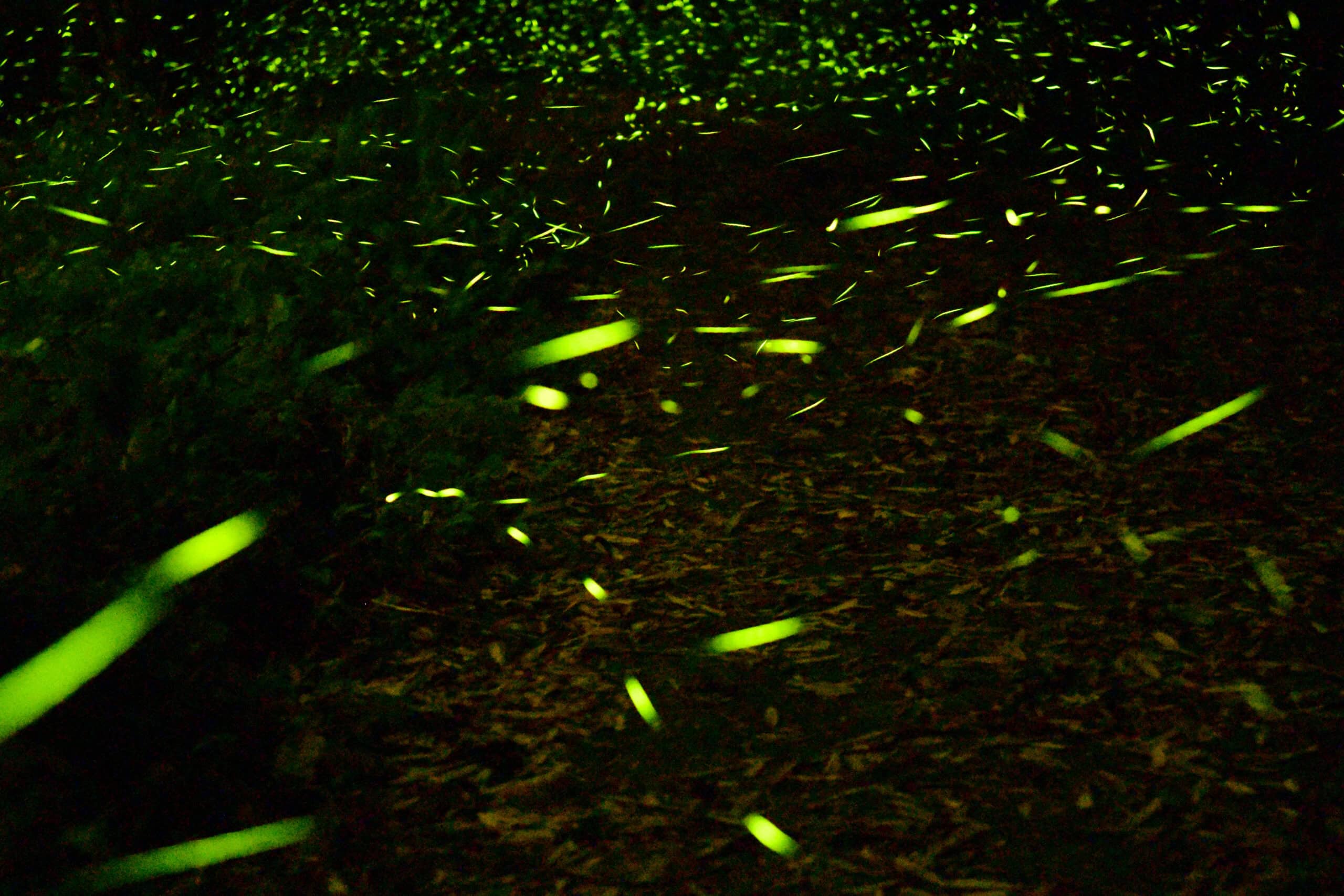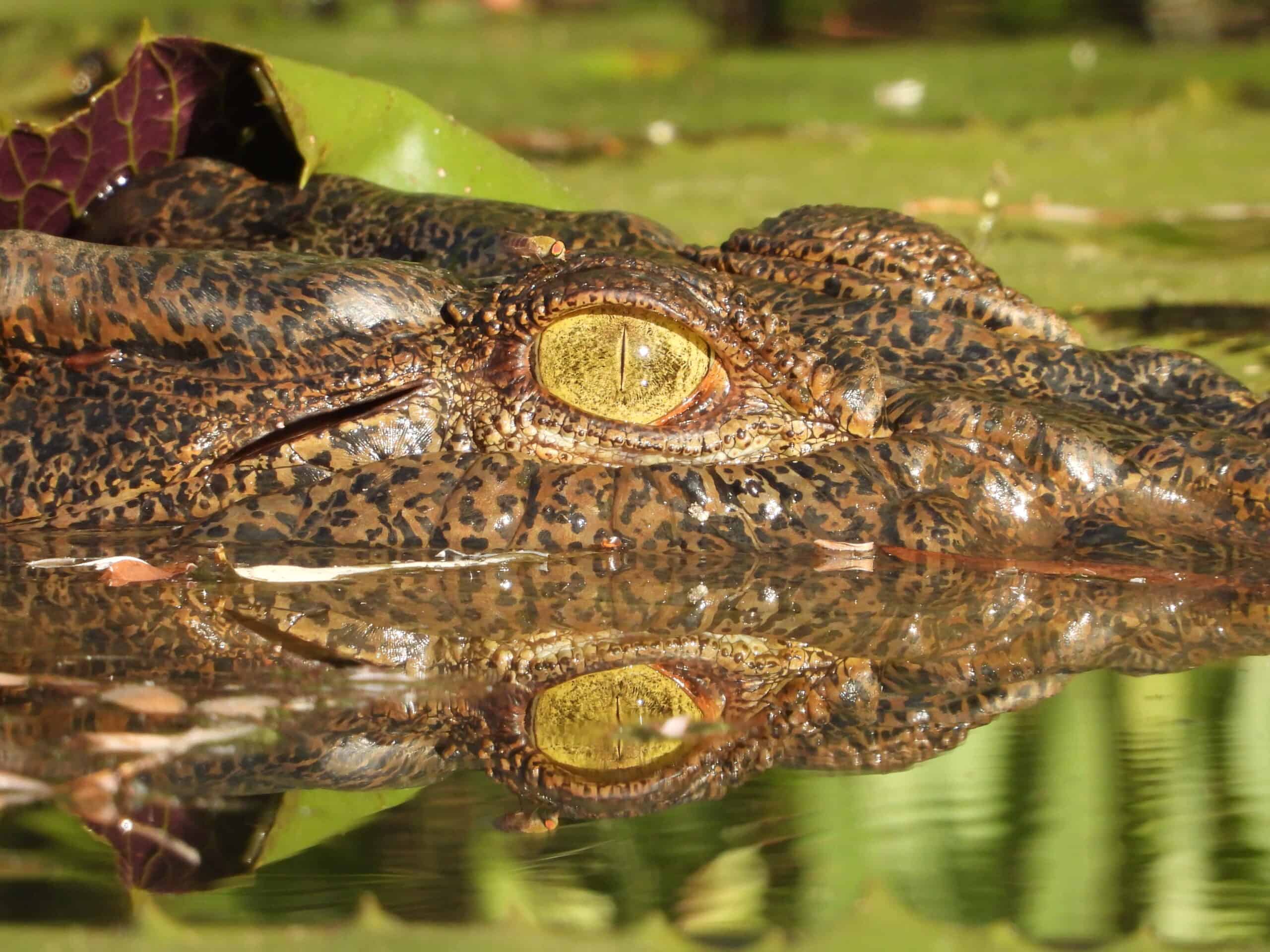Share this article
Wildlife Vocalizations: Lisette Waits
Wildlife Vocalizations is a collection of short personal perspectives from people in the field of wildlife sciences.
In 1991, I joined an interdisciplinary PhD program in molecular biology at the University of Utah. This program provided me a lot of flexibility in picking my thesis project. During my first year, I worked in the field of human population genetics trying to uncover genes and alleles that predisposed people to heart disease and hypertension.
During my second year, I started working on a different project, studying the genetics of grizzly bears in Yellowstone National Park, and I had the amazing opportunity to spend time viewing and trapping bears with biologists in the park. I also had the opportunity to teach grizzly bear biologists about phylogenetics and genetics of bears at a summer training program at Yellowstone.
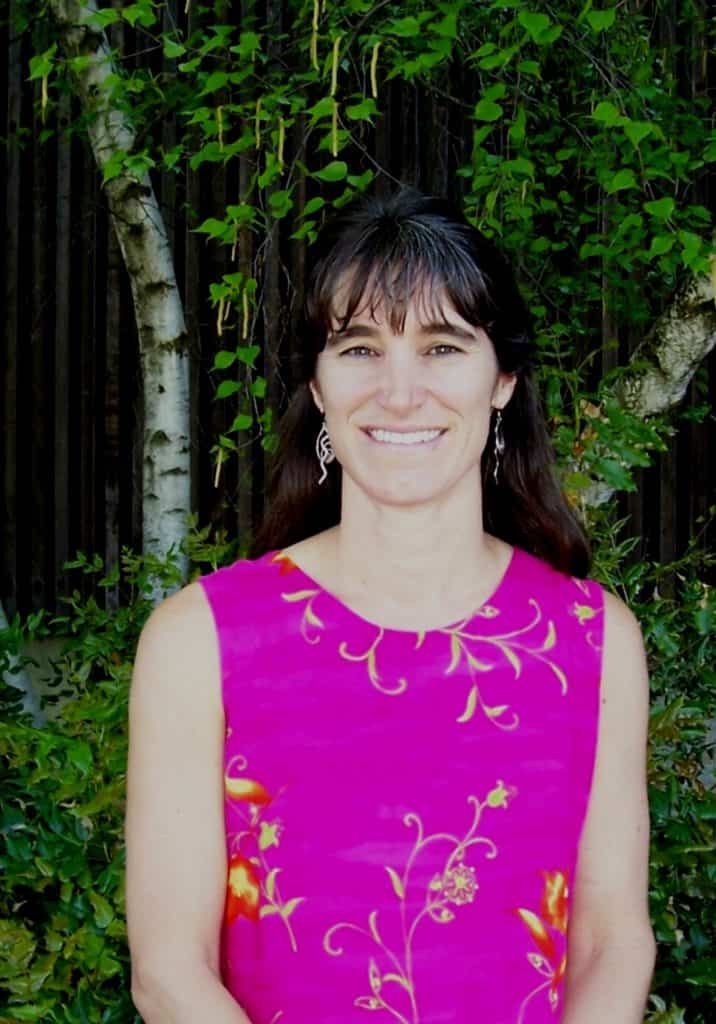
Lisette Waits brings a genetics background to the Fish and Wildlife Sciences Department at the University of Idaho. Credit: Kim Stout
At the end of my second year, my thesis advisor told me that I needed to make a choice between the two. I told him that if I considered financial opportunities and the current job market, I would stick with the human genetic work. But if I followed my heart, I would choose the bear genetics project. “Follow your heart,” he told me. “Pick the one you are most passionate about, be very, very good at it, and everything will work out.”
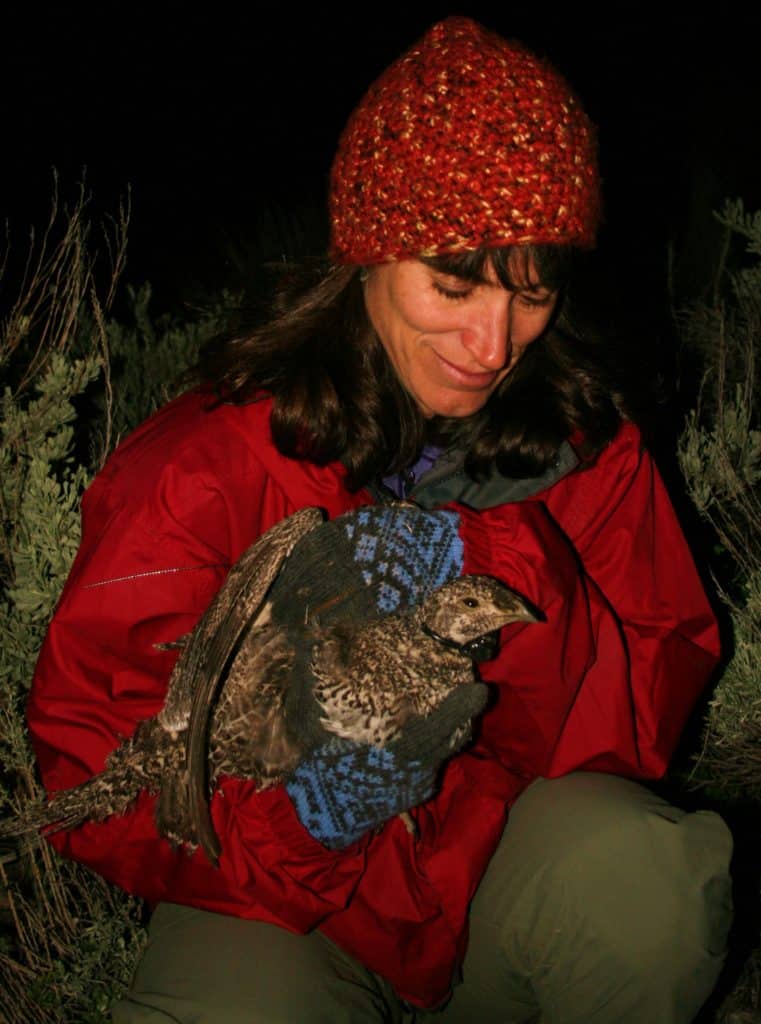
Lisette Waits studies sage grouse genetic diversity and gene flow as part of a project in Mono County, California. Credit: Joel Teppenkamp
This was such great advice that transitioned me from the field of human genetics to wildlife conservation genetics and molecular ecology. Since I completed my PhD in 1996, the fields of conservation genetics and molecular ecology have exploded in their applications and contributions to wildlife conservation and management, and I am so happy and proud to be part of that change. I was the first faculty member with a non-traditional wildlife background (and with genetics experience) to be hired into our fish and wildlife department in the College of Natural Resources at the University of Idaho. Before that, I had never been to a TWS meeting or considered being a member.

Lisette Waits investigates calf mortality at a project in Newfoundland, Canada. Credit: Matt Mumma
Now, I am serving as the first woman department head for the Fish and Wildlife Sciences Department at the University of Idaho and the first woman president of the National Association of University Fish and Wildlife Programs. I am also one of the founding members of the TWS Molecular Ecology working group and the Women of Wildlife. My career path was not a traditional one for a wildlife biologist, and at times I worried that those differences might lessen my credibility. But I think those differences gave me unique insights, and I am thankful to have been welcomed into the TWS community and Wildlife Sciences where I can influence the next generation of wildlife scientists and managers.
Learn more about Wildlife Vocalizations, and read other contributions.
Submit your story for Wildlife Vocalizations or share the submission form with your peers and colleagues to encourage them to share their story.
For questions, please contact Jamila Blake.
Header Image: Lisette Waits followed a unique path into wildlife biology. Credit: Matt Mumma



